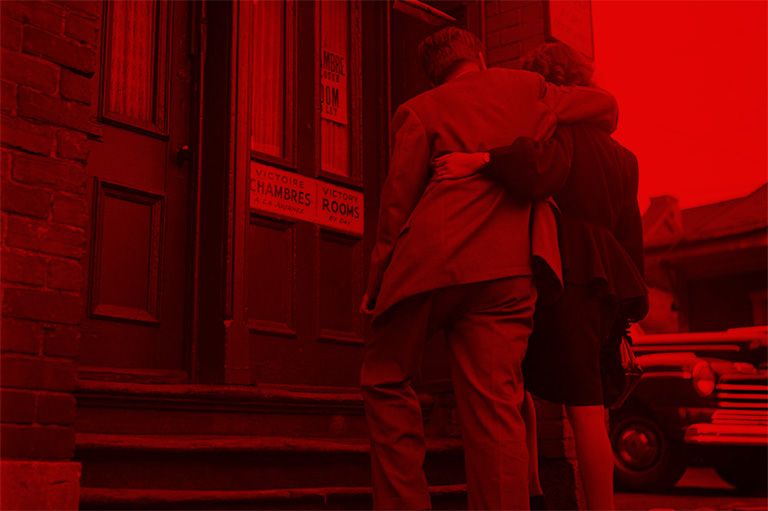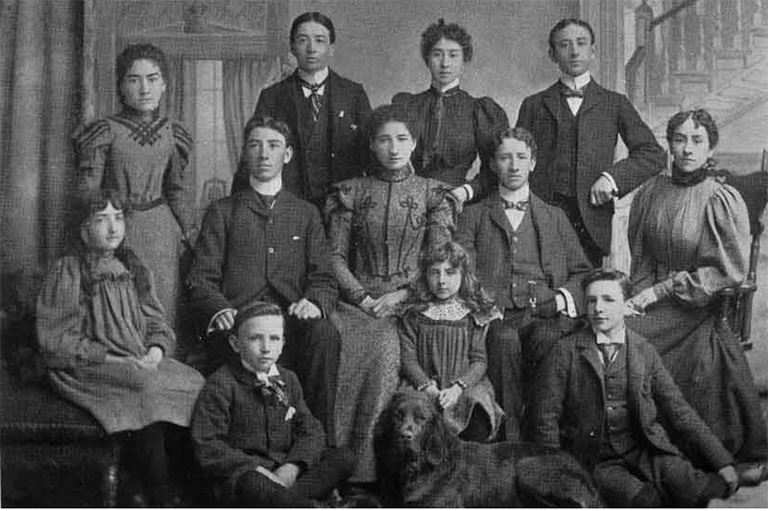Feminists on the Homefront

The men who came limping home from the hell of the trenches got a bit of a shock. Yes, there were victory parades, welcoming banquets, and hugs from those who had kept the home fires burning. But while the soldiers had slogged through the mud of France, their own country had undergone a drastic shift.
Thousands of Canadian women had taken off their kitchen aprons and donned coveralls, business suits, or uniforms as they plugged labour shortages in factories and fields, schools and offices. They had tasted the emancipation from the home that a workplace provides, and the financial independence that a weekly pay package bestows. Moreover, they had a new sense of their role in national affairs. They had led the fight for a ban on booze sales in the Prairie provinces, which, according to James Gray, author of Booze: When Whiskey Ruled the West, had achieved an astonishing eighty percent reduction in the consumption of alcohol. They had won the right to vote in six provinces. In Ottawa, Prime Minister Robert Borden was smart enough to catch the wave: limited female suffrage was introduced in federal elections in 1917 (a full year before American and British women got the vote), and full voting rights were extended to women a year later.
What’s more, women activists seemed to think that they should have a say in the way the country was run. A bunch of them had badgered the Borden government into convening a three-day Women’s War Conference in Ottawa in the spring of 1918. There, the redoubtable Nellie McClung had raised the radical notions of equal pay for equal work and a women’s advisory lobby within government. Within hours of Armistice Day, Nellie was busy promoting feminist plans for the postwar world. “After you have driven your own car, will you be content to drive an ox in a Red River cart? … Women must claim the place they have won … in this new world that has been bought [at] such a price.” She even had the nerve to argue that a deputation of Canadian women should attend the peace conference in Paris.
With 7 uniquely curated newsletters to choose from, we have something for everyone.
Advertisement
Some of the returning soldiers were probably horrified by the brazen self-assertion of their wives and mothers. But I’m sure that others welcomed the new activities, even if it sometimes meant some of the old certainties (dinner on the table at six, dishes done by seven, deference night and day) had evaporated. I suspect that men in both camps observed the changes and asked themselves, “Was there no stopping them?”
It turned out that there was. Indifference and apathy brought the rolling tide of first-wave feminism to a screaming halt.
It took a while for the early feminists like Nellie McClung and Emily Murphy to sense the change of atmosphere. Along with social reformers like Winnipeg’s J. S. Woodsworth, they could see that much needed to be done in a young country that was rapidly industrializing and absorbing large numbers of immigrants. They began to agitate for minimum wages in sweatshops, gender equality under the law, more public health services, and better schools. But to their dismay, the momentum of the suffrage movement dissolved as a different kind of society emerged in postwar Canada. For four years, families had faced shortages, hardship, and the daily ordeal of casualty lists. With peace, it was almost as though there was a collective decision to turn the page on war’s dreary awfulness and embrace the careless exuberance of the Jazz Age. Laws prohibiting the sale of alcohol were repealed. From Halifax to Vancouver, hotel lounges became the venues for thés dansants (tea dances) at which short-skirted women flirted, smoked cigarettes, and drank cocktails.
This was not the brave new world that Nellie had in mind when she and her colleagues marched for the vote. Nellie McClung raged about women who didn’t challenge the status quo and didn’t think for themselves.
One of my favourite Nellie-isms is a sarcastic verse she had written a couple of years earlier:
I hold it true — I will not change.
For changes are a dreadful bore —
That nothing must be done on earth
Unless it has been done before.
But during the 1920s, wheat sales soared, railways steamed across the land, Ontario’s industries hummed, and the flappers just wanted to dance.
What the feminists faced was the universal dilemma confronted by reformers after they have won their first victories. Canadian women had united around the need for female suffrage. Now that the vote was won, they were divided on where to go next. Should they focus on social or political goals? By 1921, Agnes Macphail was sitting in the House of Commons in Ottawa and there were female faces in four provincial legislatures, but six lone women in the sea of male legislators were not enough to secure real change. How could women secure increased representation? Should women establish their own political party?
For a decade after the end of World War One, first-wave feminism appeared fragmented. The energy only re-emerged in 1928, when five Western feminists challenged the argument that women were ineligible to sit in the Canadian Senate because we were not defined as “persons” in the 1867 British North America Act, Canada’s founding legislation. Once again, women had a single, simple question to galvanize their activism: If women are not “persons,” what the heck are we?
If you believe that stories of women’s history should be more widely known, help us do more.
Your donation of $10, $25, or whatever amount you like, will allow Canada’s History to share women’s stories with readers of all ages, ensuring the widest possible audience can access these stories for free.
Any amount helps, or better yet, start a monthly donation today. Your support makes all the difference. Thank you!
Themes associated with this article
Advertisement
You might also like...

The war that changed Canada forever is reflected here in words and pictures.









